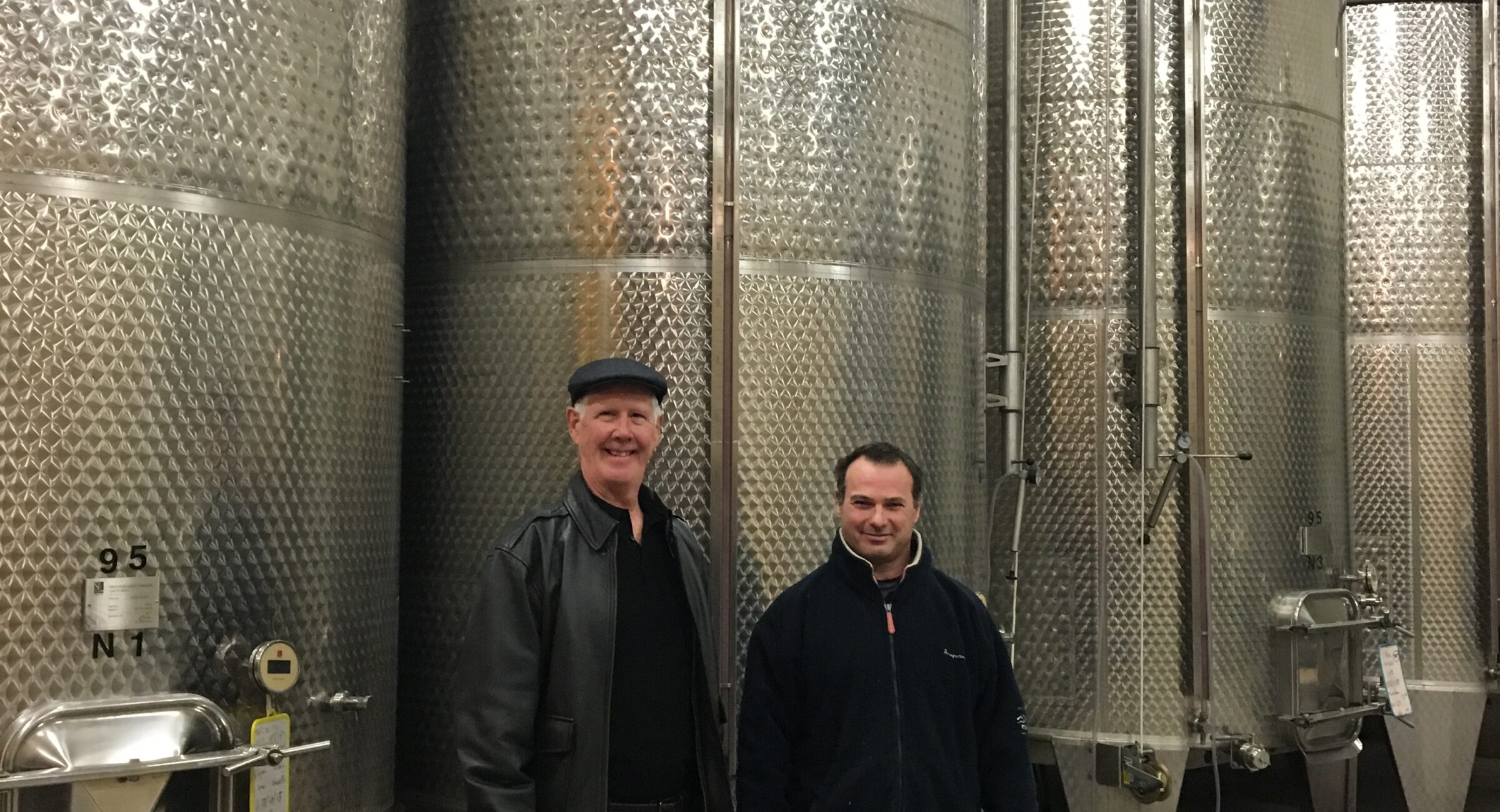
There’s a fine line between winemakers and mad scientists. Consider this: most of the world’s fine wines are blends, causing winemakers to experiment with mixtures of different grapes, different vineyard parcels, and even batches of the same wine aged under different conditions (new oak, old oak, stainless steel, etc.). Each brings its own attributes to the wine, and when done well the result can be magic.
- Blending wasn’t always such a good thing. Before the mid-twentieth century, winemakers tended to blend (adulterate, actually) inferior wines into more prestigious wines to stretch their supplies and thereby enhance their profits. These days, more rigid enforcement of wine laws has diminished that practice.
- In addition to creating a synergy, blending can allow a winery to maintain a consistent style. For example, Champagne houses carefully blend their non-vintage wines from a palate of different grapes (primarily Pinot Noir, Pinot Meunier, and Chardonnay), vineyard parcels, and vintages.
- Of course, someone will always push the envelope. Bonny Doon founder Randall Graham was known to try just about anything, including weird blends, cutting edge technology, and even putting rocks in a wine barrel to see what happened (not a good idea).
Just because a wine is labeled a varietal, doesn’t mean it’s not a blend. Particularly with New World wines, a wine is labeled with the dominant grape rather than the appellation, and the wine needn’t be made entirely from that grape. For example, Chappellet Signature Cabernet Sauvignon from Napa Valley is a blend of 85% Cabernet Sauvignon, 10% Petit Verdot, and 5% Malbec. In the U.S., a wine generally only needs to contain 75 percent of the dominant grape, and if labelled as a specific appellation need only contain 85 percent of the grapes from that appellation.
- If you want to know a little more about what’s actually in the bottle, click here.
Some classic blends have unique identities. Bordeaux will be a blend of specific grapes, such as Cabernet Sauvignon, Cabernet Franc and Merlot, and its style will be easily identified in the glass. Similarly, Southern Rhone reds will be a blend of principally Grenache, Syrah, and Mourvedre (“GSM”). The ultimate Rhone blend is Châteauneuf-du-Pape, a rich, spicy, full-bodied wine, that theoretically can include as many as 13 grapes.
- If you want to better understand blends, try a blind tasting of a pure varietal and a blend based on that same grape. See if you can identify which is the blend and how the wine is different. The blend will typically have a darker color and have less precision of aroma and taste (after all, there’s a lot going on in the wine), but will probably seem more complex.
What to make of all of this? There are a lot of winemaker decisions that factor into how your wine tastes, including blending different grapes to achieve a specific style and the use of oak. The more that you know about what's in the bottle, and how the winemaker makes the wine, the better sense you'll have of what you're buying.
Our wine of the week is a 2016 Domaine Pierre Usseglio Châteauneuf-du-Pape (about $70 retail). It’s 80 percent Grenache, 10 percent Syrah, and 5 percent each of Cinsault and Mourvèdre, and it’s aged in oak for 12 months. This is a concentrated, full-bodied wine, with subtle dark fruit aromas and flavors, and notes of licorice and spice. It has soft tannins, a long, interesting finish, and a very high alcohol level (15 percent).
- We really liked this wine after it opened up – it should be decanted for at least an hour and served at 60-65 degrees.
- Châteauneuf is a food-friendly wine. Basically, it needs to be paired with a dish that won't be overwhelmed by its intensity. Classic pairings include beef and lamb. We loved it with a spice-rubbed flank steak with fajita vegetables. Good cheese pairings include cheddar, Kerry Gold Dubliner, and gruyere.
- Some of our other favorite Châteauneuf producers include Domaine du Vieux Télégraphe (about $90 retail), Château de la Gardine (about $50 retail), Château de Beaucastel (about $80 retail).
This is a our last blog of the year, so happy holidays to everyone from Wine Concepts!
